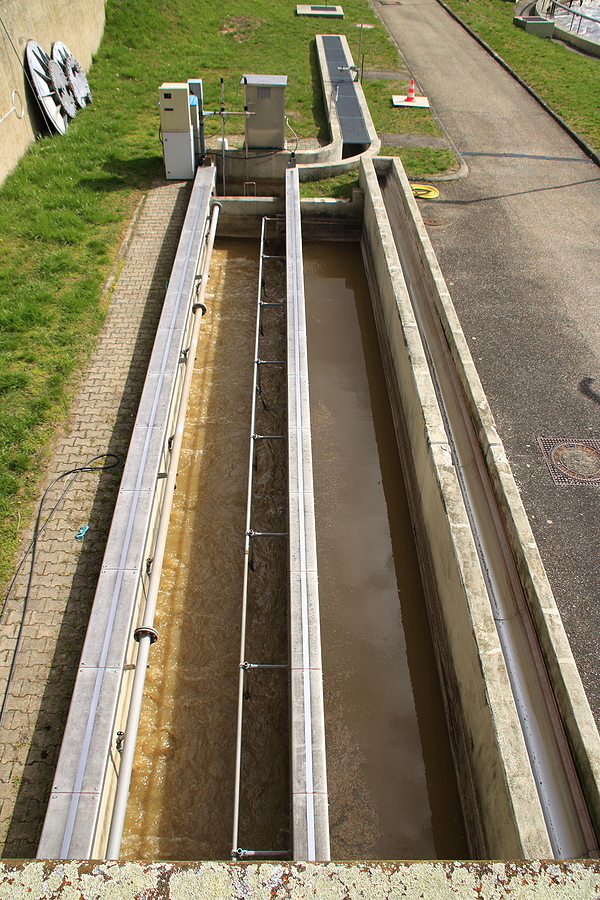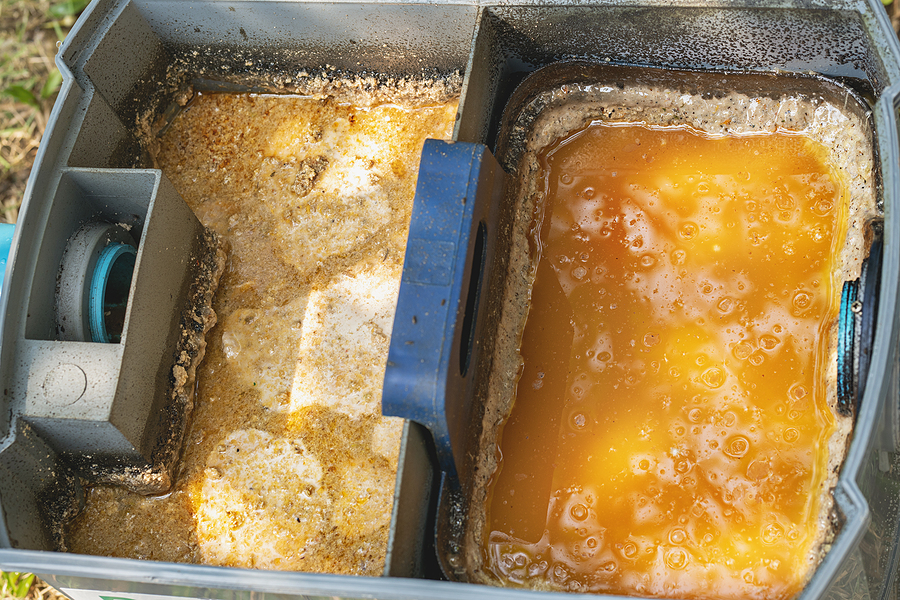If you run a commercial hot food kitchen, such as a restaurant, hotel, pub, fast food shop or bakery; or you manufacture or produce food products, then you need a grease trap or an interceptor fitted to separate grease, cooking oil and fats from the liquids you pour away.
What is a Grease Trap
A grease trap is a box placed inside the wastewater drain for sinks and appliances to collect fats, oils and greases from your waste water and reduce the amount that enters the sewers. Grease traps are not a modern invention, they were first used by the Victorians to stop blockages, odours and pests.
The grease trap itself can be constructed from steel, plastic or concrete, or you could opt for the more modern disposable bag system, and they are designed to hold between 40 and 4500 litres of oil and fats.
Whilst grease traps should only ever be used in kitchens (never on the waste water from bathrooms, for example) they can be positioned above or below ground, inside the kitchen or outside; basically anywhere along the wastewater system so long as it collects grease before it can enter the main sewer.
How does a Grease Trap Work?
Grease traps work by slowing the flow of water, giving the fats and oils time to separate and float to the surface, and any food particles time to settle to the bottom. The trap then collects the settled particles and the floating oils, and allows the waste water to flow freely to the main drain. The oils and particles of food will build up over time so you need to have the trap emptied regularly to maintain good flow.

Are Grease Traps Effective?
Yes. However, how effective will depend on your kitchen, your drainage system, the type of trap you have and how well you manage waste in the kitchen.
Most traps will retain between 50% and 90% of all fats, oils and grease that flow through it. For your grease trap to remain in effective working order, it should be professionally maintained, cleaned and services regularly.
If you want to increase the effectiveness of your grease trap, you can opt for one with 2 or more units, doubling the effectiveness or you can consider incorporating a biological grease dosing system to break down the oils.
There are other steps you can take within your kitchen to reduce the amount of grease that your trap deals with, making it more effective. For example, scrape leftover food into the bin and dry wipe plates and pans to remove grease before washing.

Disposing of Oils from A Grease Trap
You should regularly empty your grease trap to keep it working properly. The contents should then be safely stored and disposed of in line with the law.
This means using clean storage facilities and having the waste cooking oil collected by a professional company to ensure it is disposed of properly. For example, Cater Oils will collect your waste oil and process it for use as a biofuel.





